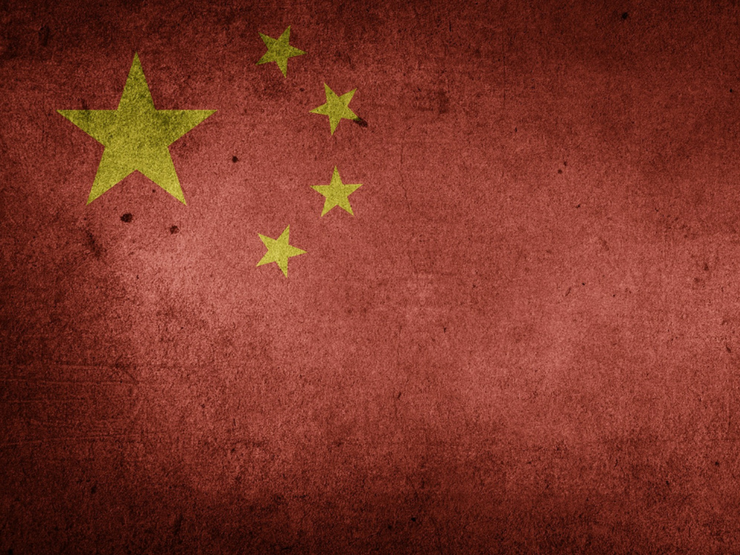The NAB Consumer Stress Index has eased to a 2-year low and marks its 50th iteration.


Insight
China records a comparatively strong finish to 2016, but Trump trade uncertainty adds downside risk to our moderate easing forecast for 2017.

For further details please see the attached document
© National Australia Bank Limited. ABN 12 004 044 937 AFSL and Australian Credit Licence 230686.